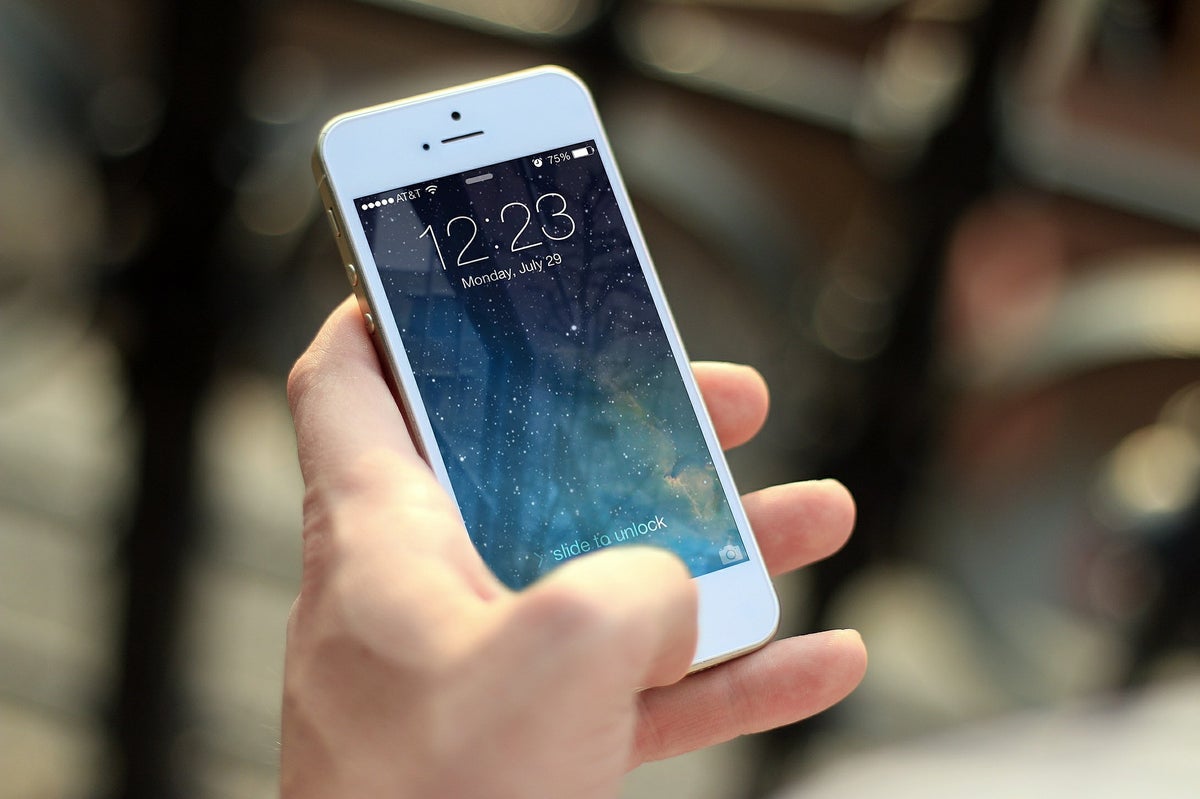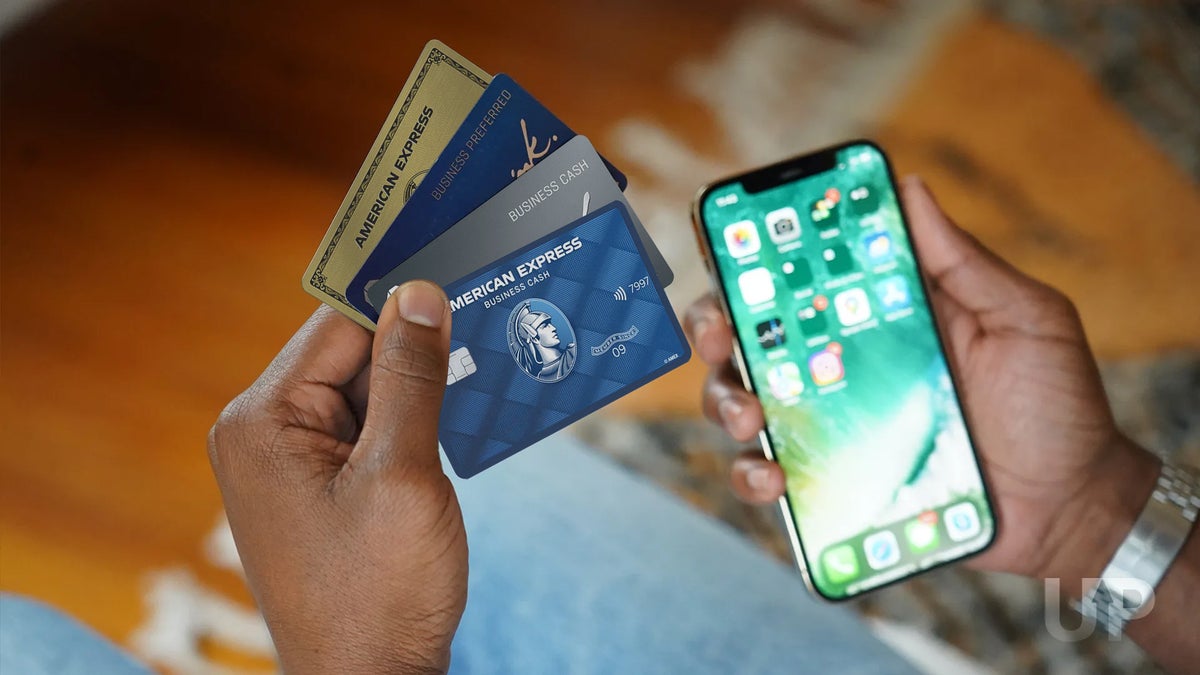James Larounis
James Larounis
Senior Content Contributor
616 Published Articles
Countries Visited: 30U.S. States Visited: 35
James (Jamie) started The Forward Cabin blog to educate readers about points, miles, and loyalty programs. He’s spoken at Princeton University and The New York Times Travel Show and has been quoted in...
Edited by: Keri Stooksbury
Keri Stooksbury
Editor-in-Chief
113 Published Articles 3842 Edited Articles
Countries Visited: 54U.S. States Visited: 28
Editing with Upgraded Points for over 6 years, as editor-in-chief, Keri manages the editorial calendar and oversees the efforts of the editing team and over 20 content contributors, reviewing thousand...
![The Best International Cell Phone Plans for Travelers [Verizon, T-Mobile, AT&T, Google Fi]](https://upgradedpoints.com/wp-content/uploads/2019/11/Woman-using-phone-in-front-of-Eiffel-Tower.jpeg?auto=webp&disable=upscale&width=1200)



![How To Get Between Terminals at John F. Kennedy International Airport [JFK]](https://upgradedpoints.com/wp-content/uploads/2024/02/00.-AirTrain-to-JFK-sign.jpg?auto=webp&disable=upscale&width=1200)
![The 14 Best Checking Accounts To Avoid International ATM Withdrawal Fees [2024]](https://upgradedpoints.com/wp-content/uploads/2019/05/ATM.jpg?auto=webp&disable=upscale&width=1200)
